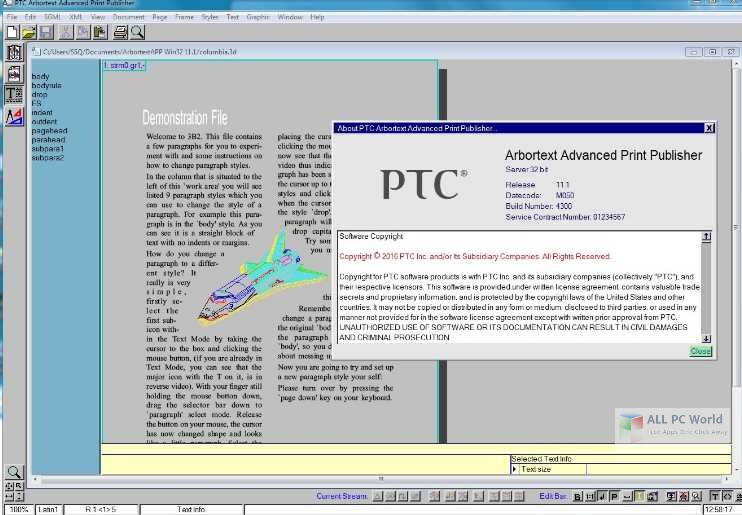
Cobalt(III) corroles were found to be efficient catalysts for epoxidation reactions.

In this dissertation, cobalt (III) corrole complexes were applied to three different reaction areas: epoxidation, N-H insertion, and cyclopropanation. Cobalt complexes bearing π-acceptor (CNtBu) and σ-donor (PPh3) ligands were also prepared in excellent yields. Chiral corroles were also synthesized through use of chiral amides in the aforementioned cross coupling reactions. This is attributed to the strong coordination between the manganese center and water, preventing the oxygen source from coordination.Ī variety of bromocorroles, useful precusors for Pd-based cross coupling, were sucessfully synthesized in moderate to good yields. Other reported metalloporphyrin and metallocorrole systems show an accelerating effect upon addition of small amounts of water however, neither corrole systems exhibited a positive water effect. In contrast, tetramesitylporphyrinato manganese(III) (2c) was more efficient in catalytic oxidations than 2a, resulting in much higher conversions, but much less selectivity. 2a exhibited higher conversions than triphenylcorrolato manganese(III) (2b), most likely because of the higher stability of 2a compared to 2b. Tris(pentafluorophenyl)corrolato manganese(III) (2a) was shown to selectively catalyze sulfoxidation and epoxidation with iodobenzene diacetate as a mild oxygen source.

However, in dichloromethane, the active oxidant is suspected to be a putative manganese(VI)-oxo species generated by disproportionation of the manganese(V)-oxo species. The active oxidizing intermediate in acetonitrile is likely the manganese(V)-oxo species 3a. Results from single-turnover kinetic studies indicate that in the tris(pentafluorophenyl)corrole system (3a), the active oxidizing intermediate differs in different solvents. Manganese(V)-oxo corroles (3) and a manganese(IV)-oxo porphyrin (4) were successfully generated by chemical oxidation using mchloroperoxybenzoic acid (m-CPBA), and their oxidation reactions with organic reductants were comparatively investigated.

In this work, manganese(III) porphyrin and corrole systems (2) were synthesized and characterized by UV-vis absorbance and 1H-NMR, matching literaturereported spectroscopic data. High-valent transition metal-oxo intermediates play a significant role in the catalytic cycle of the ubiquitous cytochrome P450 enzymes and in biomimetic catalytic systems.


 0 kommentar(er)
0 kommentar(er)
